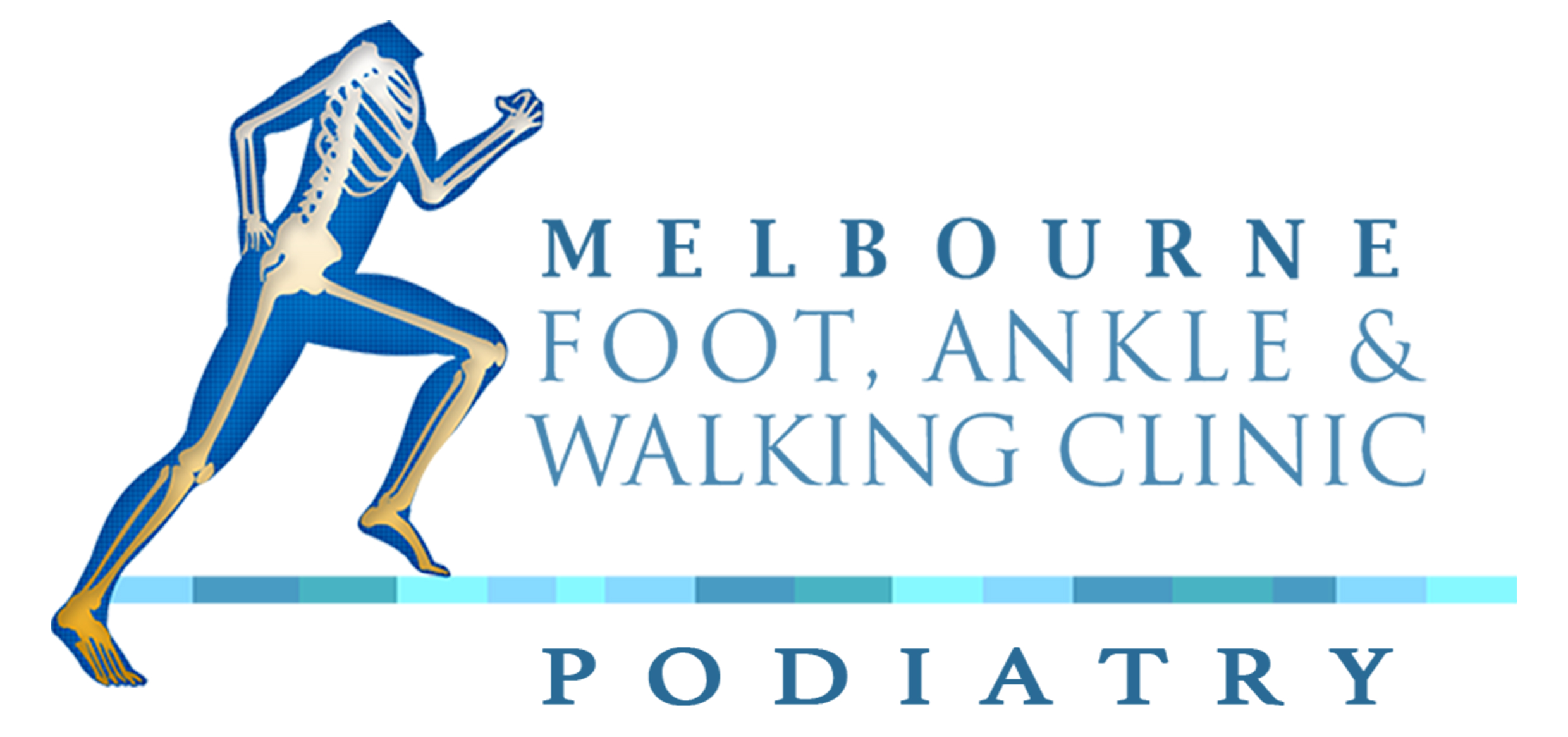Most children will stumble and fall occasionally that will make them appear clumsy. Most of time this is quite normal. If your child has ongoing issues with coordination, it could be an underlying condition including in toe (pigeon toed) or flat feet which can be treated by a podiatrist.
What are the signs of in toe?
The most common signs are one or both feet turn inwards, curved shaped feet, turned in knees when your child walks or stands and/or your child trips over their own feet when walking or looks clumsy.
Should I have my child assessed if they are pigeon toed?
If you have noticed in toe with your child, even if it no longer appears present, or it seems to have fixed all on its own, then we strongly recommend a thorough assessment. There are several different causes for in toe, most of which will be problematic later in life.
What causes it?
It can be caused from problems within the foot, ankle, shin, thigh, hip or the pelvis and lower back and therefore needs to be assessed with one of our podiatrists to determine the cause. If the alignment is not correct, then their little bodies will compensate as best they can to correct the anomaly themselves. This will likely cause postural problems as an adult. Some causes can be from the positioning in the womb.
How do their little bodies compensate?
We liken their compensation to an adult who is carrying a very heavy bag on one side of their body. The adult will compensate using muscles and joints, so they do not lean to one side. In most cases this compensation is fine for 20 to 30 minutes, however if an adult had to carry a very heavy bag on one side of the body for the rest of their life, it will most likely cause postural problems.
Likewise, if a child is in toed, they may be compensating for something else that needs to be addressed, or equally as important, they maybe compensating for the in toe or out toe and the problem is actually much worse than it appears.
Why does it need to be assessed if it appears to have fixed itself?
To use the example of more commonly known conditions like mild Scoliosis, Lordosis or Kyphosis of the spine, these conditions often go undetected until pain in the region is experienced and a thorough examination is undertaken by a qualified practitioner. The earlier the diagnosis, the easier it is to treat.
If a child has walked in toed in the past, then it is possible that the problem still exists, and they are compensating. There is nothing to be lost by having an assessment from one of our podiatrists, if there is nothing wrong then that is the best-case scenario. If on the other hand, there is a problem, the earlier it is detected, the easier it is to treat.
What are flat feet?
Flat feet is the lack of an arch in the foot, mainly visible while the child is standing. Most babies are born with flat feet, but the arches develop as the child grows, but sometimes these arches never develop. If not treated it can cause fatigue in the muscles, aching in the foot, legs and knees and clumsiness. Children with flat feet are also at risk of knee, foot and ankle pain.
Flat feet can also be a link to lower back and hip pain. If one foot is more collapsed it could be due to a leg length difference.
How do you get it?
All babies are born with flat feet but as the child grows the arches develop as part of the normal muscle, ligament and bone growth. Children with flat feet are most at risk of developing back, knee and hip pain.
Wear and tear with ageing
Injury, illness or prolonged stress to the foot
What is the treatment for flat feet?
Our podiatrist would assess your child to see what type of treatment would be suitable. Treatment includes foot and lower limb exercises and stretching, orthotics and supportive footwear.
These treatments would reduce the symptoms and improve the long-term development by reducing the likelihood of lower limb problems in adulthood.
